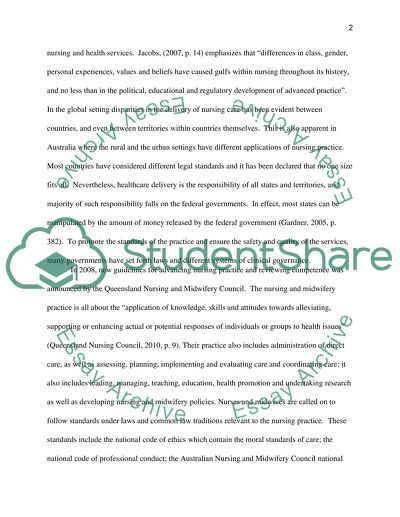Cite this document
(“Australian rural and remote nursing (scope of nursing practice) Essay”, n.d.)
Retrieved from https://studentshare.org/miscellaneous/1577582-australian-rural-and-remote-nursing-scope-of-nursing-practice
Retrieved from https://studentshare.org/miscellaneous/1577582-australian-rural-and-remote-nursing-scope-of-nursing-practice
(Australian Rural and Remote Nursing (scope of Nursing Practice) Essay)
https://studentshare.org/miscellaneous/1577582-australian-rural-and-remote-nursing-scope-of-nursing-practice.
https://studentshare.org/miscellaneous/1577582-australian-rural-and-remote-nursing-scope-of-nursing-practice.
“Australian Rural and Remote Nursing (scope of Nursing Practice) Essay”, n.d. https://studentshare.org/miscellaneous/1577582-australian-rural-and-remote-nursing-scope-of-nursing-practice.


